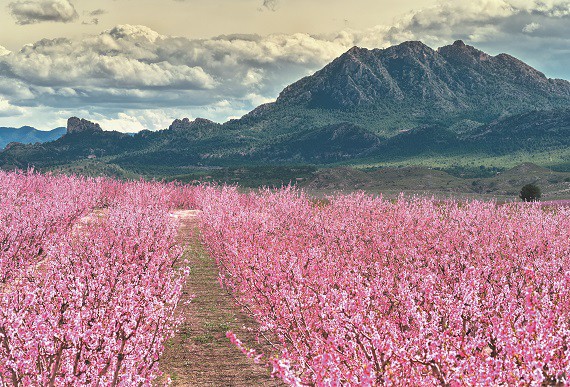CLASSIC COCKTAILS
Earlier this year in Drinks International’s annual Brands Report World’s Bestselling Classics list, the Amaretto Sour came 22nd out of 50 classic cocktails. That means 18% of bartenders polled said it is in their top 10 – quite a feat for a ’70s throwback.
The trusty bartending community on Facebook didn’t let us down either. After a post by deputy editor Hamish Smith, global bartenders were quick to comment on how the Amaretto Sour still sells, even if it remains quietly in the background. It seems this classic is still very much a staple at bars.
Alex Lawrence, head bartender at Dandelyan, said: “It is very much in use at Dandelyan, either in small increments or in the much-loved Amaretto Sour, which is still ordered and proudly made.”
In Australia, Mario la Pietra, bartender at Charlie Parker’s said: “The Amaretto Sour never came out of the scene here in Sydney.” Kirsten Holm, owner of K-bar in Copenhagen simply said: “We sell many Amaretto Sours.” With some of the world’s bars and bartenders espousing the merits of amaretto it can only be a positive thing.
The Amaretto Sour and the Godfather (scotch, amaretto liqueur) are undoubtedly the most well-known cocktails using amaretto, but there are also around 120 published cocktail recipes using the nutty Italian liqueur on go-to recipe site Difford’s Guide. Amaretto brands have more to do if they want to expand their presence on the cocktail scene. Matteo Luxardo, export director for Girolamo Luxardo, says: “I don’t think brands are doing enough. Even the big player is investing a lot of energy and money but the only drink that people remember with amaretto is the Amaretto Sour. We need to work more and create new classics with this product.”
Disaronno is the brand that makes up 56% of amaretto volumes (IWSR) and wants to continue making its mark in cocktail culture.
Illva Saronno’s Toni told Drinks International: “We are committed to the bartending community, working together with experienced bartenders to involve and support the younger generation of bartenders. We let them get closer to Disaronno, understanding first the know-how and the investments required to design such a complex and balanced liquid, which differentiates from copycats and is also the secret of Disaronno’s versatility.”
Disaranno has taken a different approach this year to engaging with bartenders. The Mixing Stars competition has been scrapped in favour of the Innovation Hunter programme, in which it looks for new styles of mixing, bar concepts and inspirational bartenders, to video and post up on Facebook. It seems it is carrying the weight of the category on its shoulders. There also appears to be no category consensus or collective mentality.
Toni says: “Amaretto is not actually a category, as the original amaretto is Disaronno – the others are attempts to replicate its taste.”
Indeed, more could be done in non-traditional amaretto markets. Karl Too, bartender/owner at Kuala Lumpur’s Omakase + Appreciate agrees that brands need to do more to globalise the category: “I believe bartenders across the globe need more reference or inspiration to make cocktails with amaretto. To me amaretto has an amazing aroma and taste.
“As a category, amaretto brands need to expand their marketing plan outside of Europe, do something in other countries – maybe Asia as we know Asia’s cocktail scenes is still booming and glowing.”
As its merits amaretto has historic value, bold flavour and a household brand at its centre. But the downfalls are overpowering sweetness, a dusty reputation and a lack of unity among its brands. It’s only through a concerted collective effort that these negatives could be turned around.




